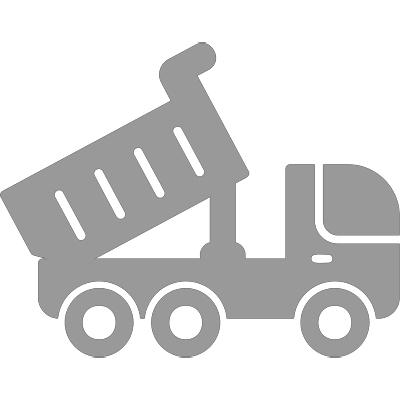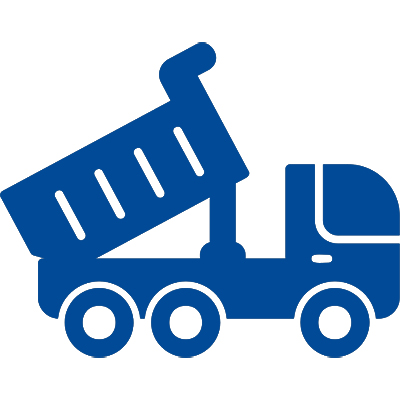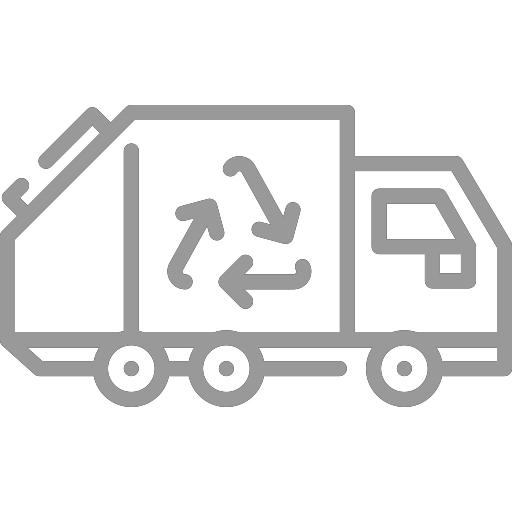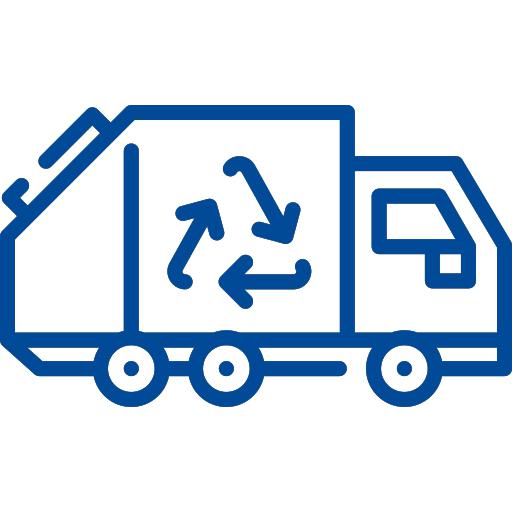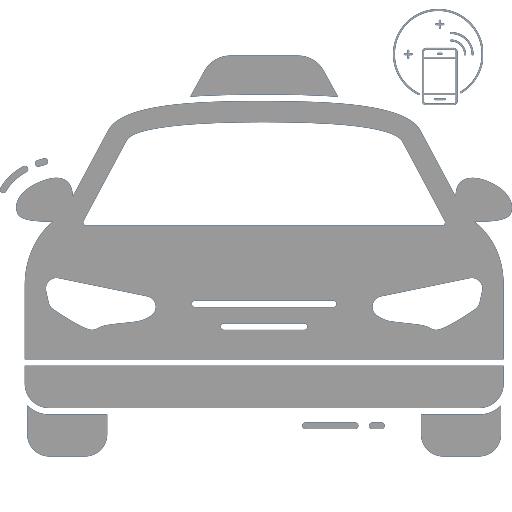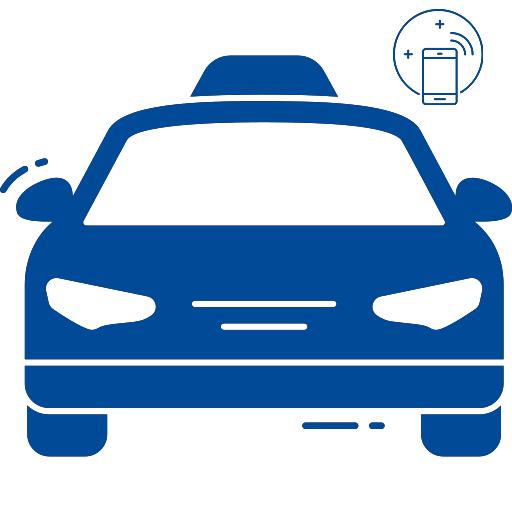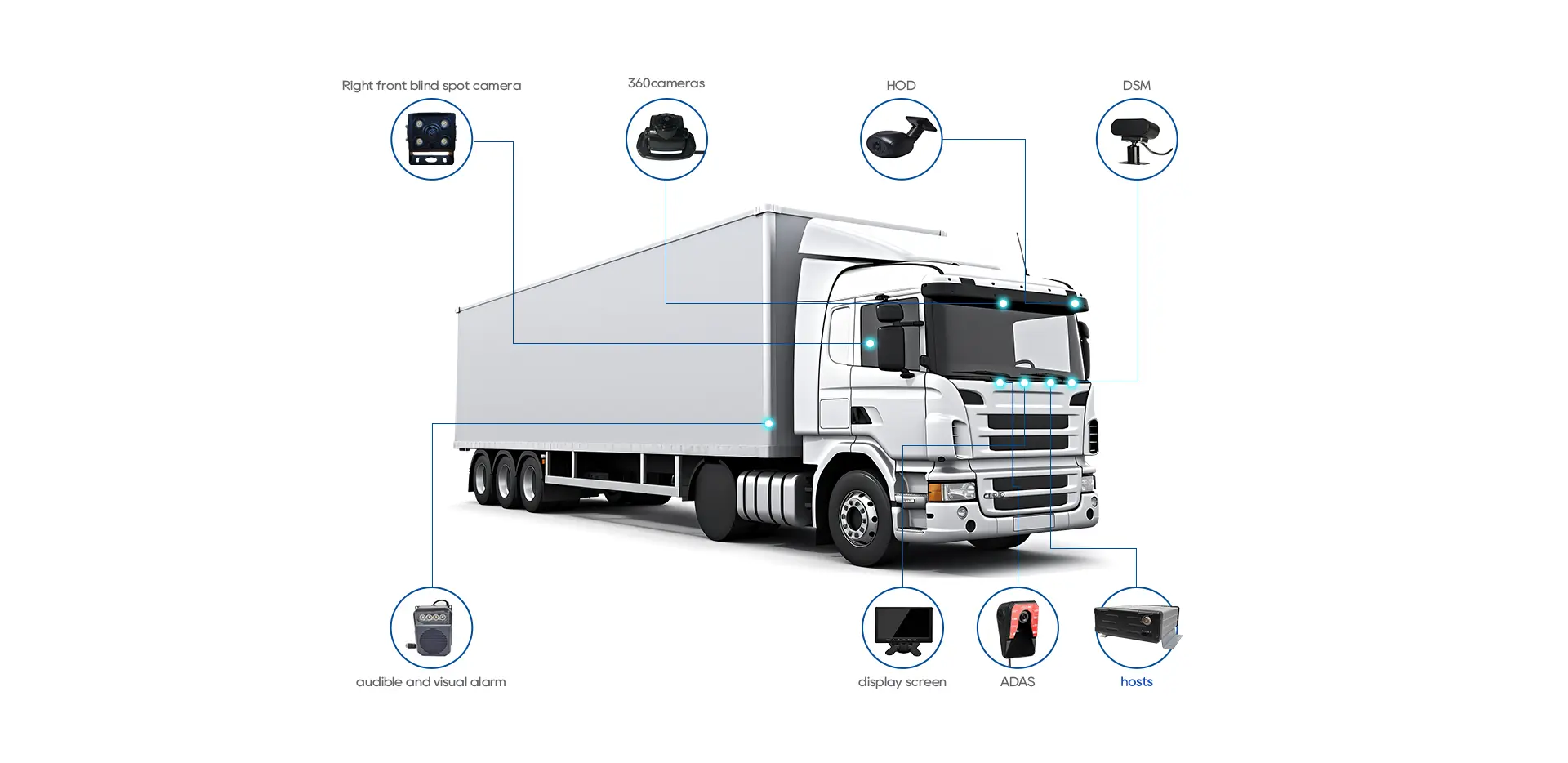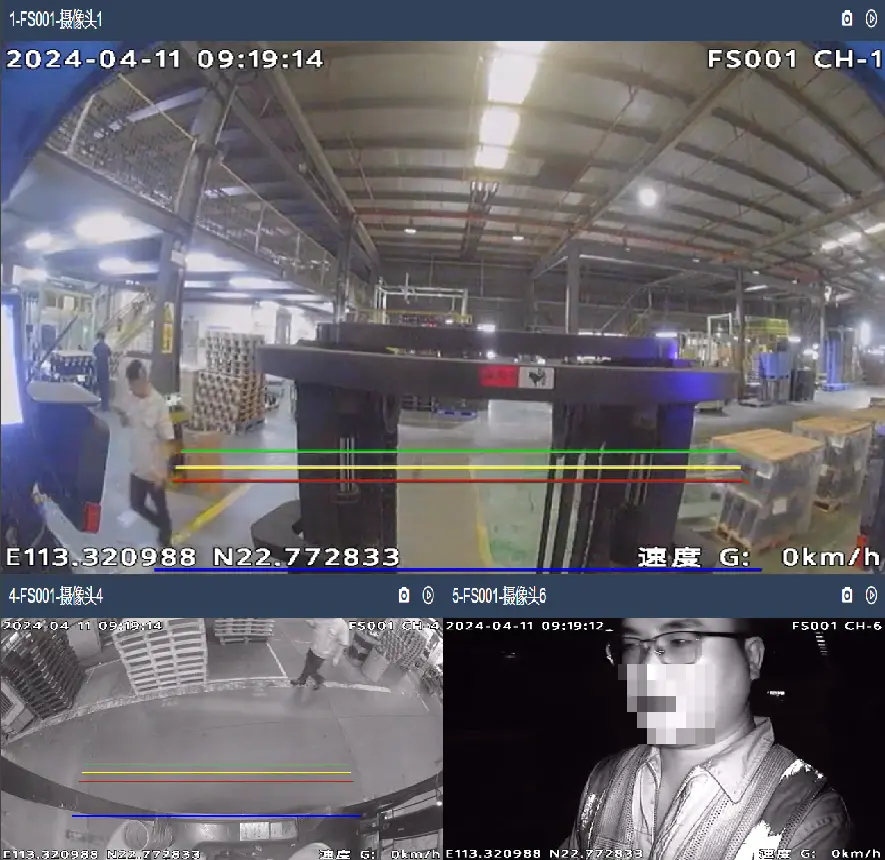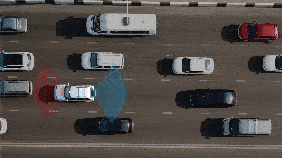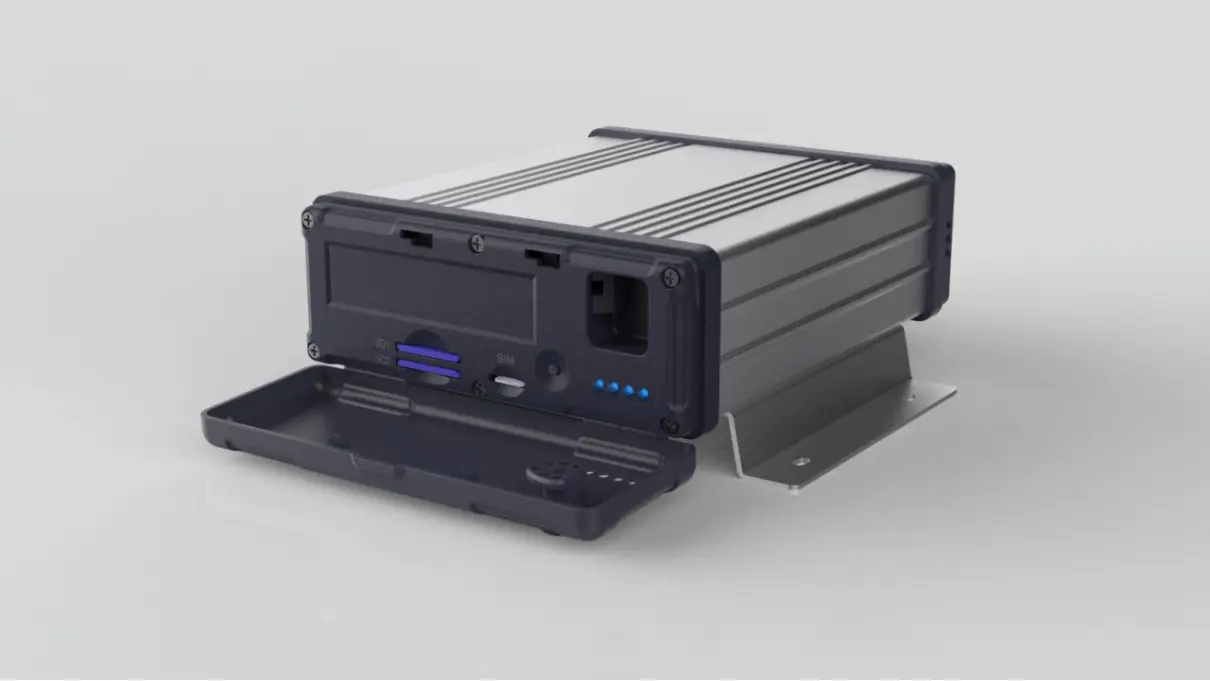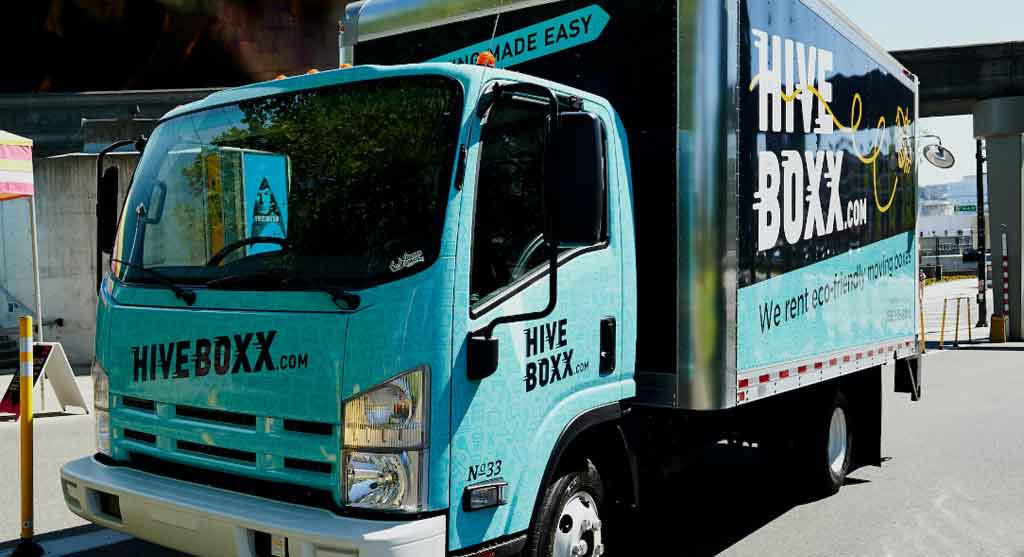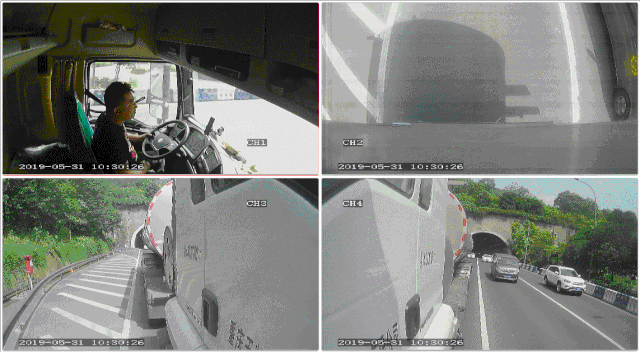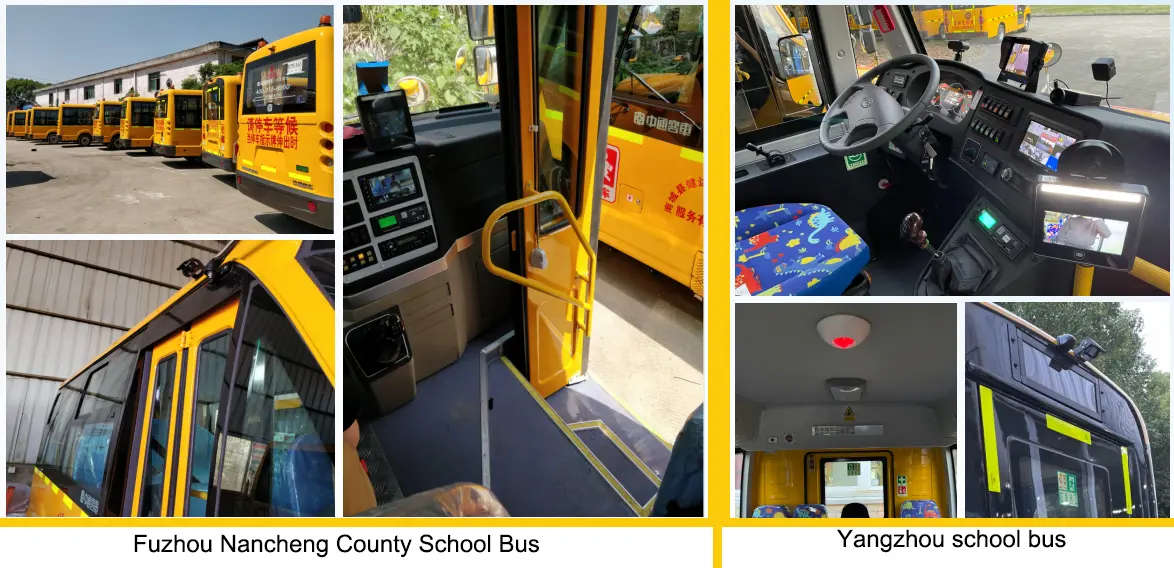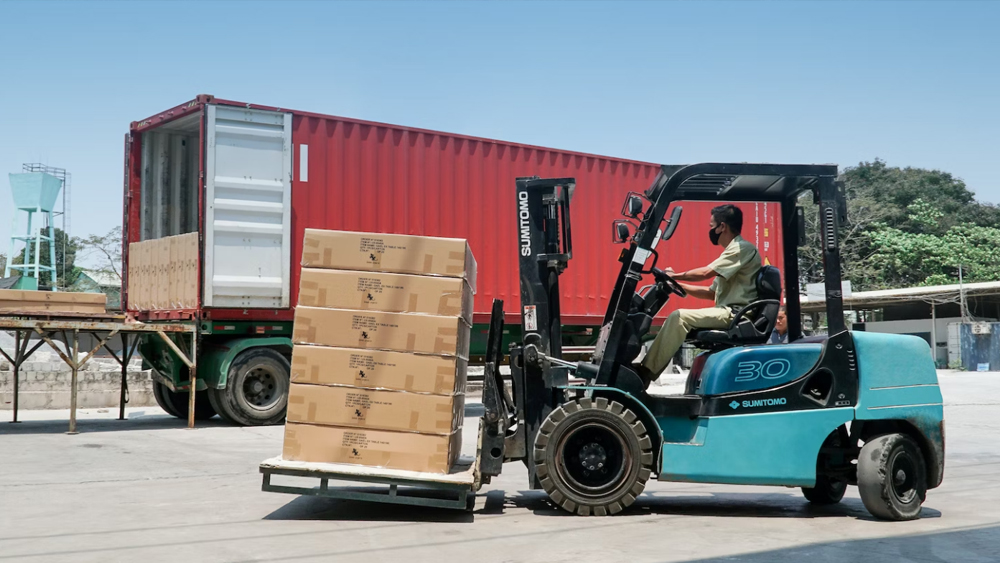Truck Surveillance System in the United States
Truck Surveillance System in the USA
The United States has a large fleet of trucks, with a conservative estimate of 141.8 million vehicles as of now. The number of vehicles transporting hazardous materials continues to rise, especially in areas like large industrial zones, oil transportation, and chemical delivery. This poses a significant safety threat to cities, residential areas, and the environment.
Traditional communication methods are no longer sufficient to meet the needs of quick response to accidents. Therefore, the U.S. requires a real-time monitoring, dispatch, and unified management system to address this growing challenge. With the continuous advancement of GPS, GIS, and advanced communication technologies, comprehensive monitoring systems have gradually become feasible, providing decision-makers with timely data support during crises.
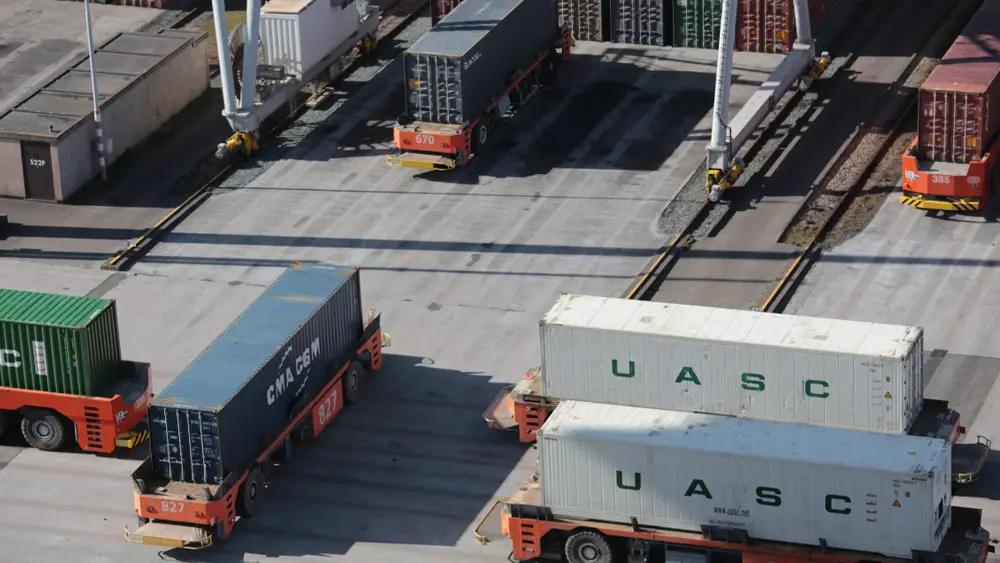
YUWEI Truck Surveillance System
This system combines advanced technology with user-friendly design to create a sophisticated, complex vehicle network video surveillance management platform, ensuring the safety of transport vehicles and personnel. The system uses the latest mobile video surveillance, 4G communication, GPS tracking, and GIS visualization technologies to ensure precise monitoring of hazardous material transport vehicles across the U.S., particularly critical within the interstate highway system.
Features of the Truck Surveillance System:
1. Advancement: It uses mature in-vehicle video surveillance, 4G communication, and GPS technology. The system can be upgraded with new features through software updates and is compatible with relevant U.S. industry standards.
2. Practicality: Designed based on user needs, it avoids overly advanced technologies and ensures the system is efficient and meets the requirements of the U.S. transport industry.
3. Reliability: The system is designed for long-term stable operation, using high-reliability equipment that meets U.S. safety standards.
4. Security: The system employs anti-intrusion and anti-leakage measures to ensure data security, in compliance with U.S. national transport safety standards.
5. Openness: Following international standards, the system ensures interoperability between systems across different U.S. states and regions. It is scalable and supports future intelligent transportation systems (ITS).
6. Ease of Management and Maintenance: The system supports Chinese-language graphical management software, automatically detecting equipment status and simplifying operation and maintenance. The management platform interface is designed to suit local U.S. user habits, facilitating cross-state regulation.
Truck Surveillance System Installation Diagram (Basic Version)
Front-end Design:
The installation location and quantity of cameras are optimized based on specific vehicle types and the actual needs of the U.S. transport industry. For freight trucks, four cameras are typically installed:
1. Forward Road Condition Camera: Captures the road ahead, signs, traffic lights, etc., which is particularly important for rapid response to accidents in complex environments like U.S. highways and mountainous roads.
2. Cabin Camera: Monitors the driver’s behavior, ensuring compliance with U.S. traffic regulations such as rest periods, speed limits, etc.
3. Fuel Tank Camera: Monitors the fuel tank cap and fueling data to prevent fuel leaks, adhering to U.S. environmental and safety regulations.
4. Cargo Compartment Camera: Monitors cargo loading/unloading and road conditions, especially in U.S. ports and logistics centers, ensuring cargo safety.
Other front-end devices include:
- Microphone: Collects in-vehicle audio in real-time, particularly useful in busy U.S. transport corridors, allowing recording of driver communication.
- Digital Encoder: Compresses and uploads video and audio signals, supporting high-definition monitoring.
- GPS Positioning Module: Provides vehicle location and trajectory, supporting integration with U.S. traffic management centers for real-time dispatch.
- Emergency Alarm Button (optional): Allows the driver to request emergency assistance from the management center, meeting U.S. emergency response standards for traffic accidents.
- LCD Display (optional): Allows the driver to view internal and external conditions, helping the driver make timely adjustments to prevent accidents on U.S. roads.
Truck Surveillance System Functions and Features:
1. Real-time Video Monitoring: Using H.264 encoding, it supports boot-up, scheduled, and alarm-triggered recording. Video and vehicle position can be remotely viewed via 3G, meeting U.S. Federal Motor Carrier Safety Administration (FMCSA) and state monitoring regulations.
2. Operational Management: Includes features such as route adjustment, operation monitoring, voice broadcasting, and two-way intercom. It can respond to emergencies in the complex U.S. transport environment, especially during peak traffic periods or adverse weather conditions.
3. GPS Positioning and Trajectory Query: Allows real-time viewing of vehicle location on an electronic map and supports historical trajectory playback, ensuring real-time tracking of vehicle positions and optimization of transport routes, particularly in U.S. interstate transport.
4. Safety Alarm: The system can automatically trigger alarms for issues such as fatigue driving, speeding, illegal parking, etc., and promptly upload data to U.S. traffic management authorities, enabling fast response actions.
5. Fuel Management: Monitors fuel levels in real time, triggering alarms in case of anomalies to prevent fuel theft, in compliance with U.S. environmental and energy management regulations.
6. Cargo Monitoring: Real-time tracking of cargo via RFID electronic locks ensures safe delivery and compliance with U.S. Customs and other regulatory agencies’ cargo transport requirements.
This system significantly enhances the safety of hazardous material transportation in the U.S. and provides operators with data-driven decision support, reducing human errors and improving transport efficiency. As technology continues to advance, the system will be further optimized, not only meeting current U.S. transportation and safety requirements but also anticipating trends in the future development of intelligent transportation, providing stronger guarantees for hazardous material transport.
More:Delivery Fleet Dash Cams | School Bus Video Surveillance | Dump Truck Camera Systems















